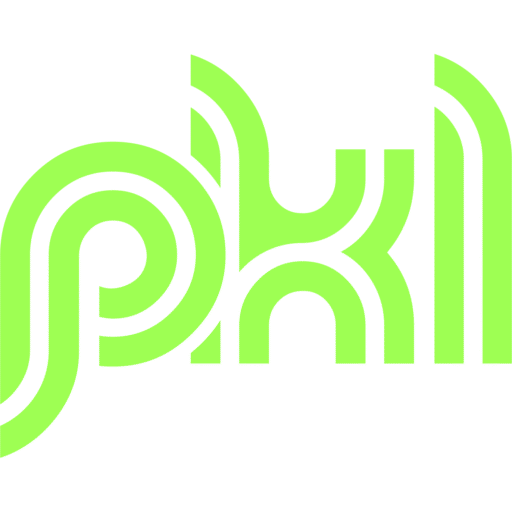The Next Stage of Workplace Pensions: What’s Changing and Why
It’s been more than ten years since automatic enrolment reshaped the UK pension landscape. In that time, participation rates have soared and awareness of retirement saving has finally reached the mainstream. Yet what worked in 2012 is starting to show its limits in 2025 — and the next phase of reform is already taking shape.
The government’s Pensions Dashboard Programme is the most visible change. When it launches, savers will be able to see every pension they hold — workplace and personal — through a single secure portal. It sounds simple, but it will require every provider and payroll system in the country to speak the same digital language. For workers, it promises clarity. For employers and providers, it demands precision.
Behind that, a quieter movement is gathering momentum: consolidation. With millions of small, dormant pots sitting across dozens of schemes, regulators want fewer, stronger, more efficient funds. The direction of travel is clear — scale is becoming a requirement, not an advantage.
“The future of pensions will be digital, data-driven and more transparent than ever before.”
— Department for Work and Pensions, Future of Pensions Consultation
(source)
Technology is central to all of this. The pandemic accelerated the shift to remote verification, online enrolment, and real-time contribution reporting. Workers now expect the same simplicity from their pension platform that they get from their banking app. Employers, meanwhile, need systems that remove human error and make compliance routine.
That’s where independent platforms like PKL Pensions fit naturally into the new landscape. Independence allows agility — the ability to integrate with multiple schemes, adapt to regulatory updates, and provide employers with a single, compliant interface no matter which providers their workers choose. In a future defined by transparency and data quality, independence isn’t a luxury; it’s an operational safeguard.
Of course, technology will only go so far. The deeper challenge is engagement. Even with dashboards and consolidation, people still need to care about their pensions. The next decade will test how well digital systems can create genuine understanding, not just accessibility.
The UK’s pension system has evolved from paperwork to platforms — from something you joined automatically to something you can finally see. The next evolution will be about empowerment: helping workers use that visibility to make better choices, and helping employers maintain confidence that every contribution lands exactly where it should.
The future isn’t about reinventing pensions. It’s about connecting them — securely, intelligently, and independently.


